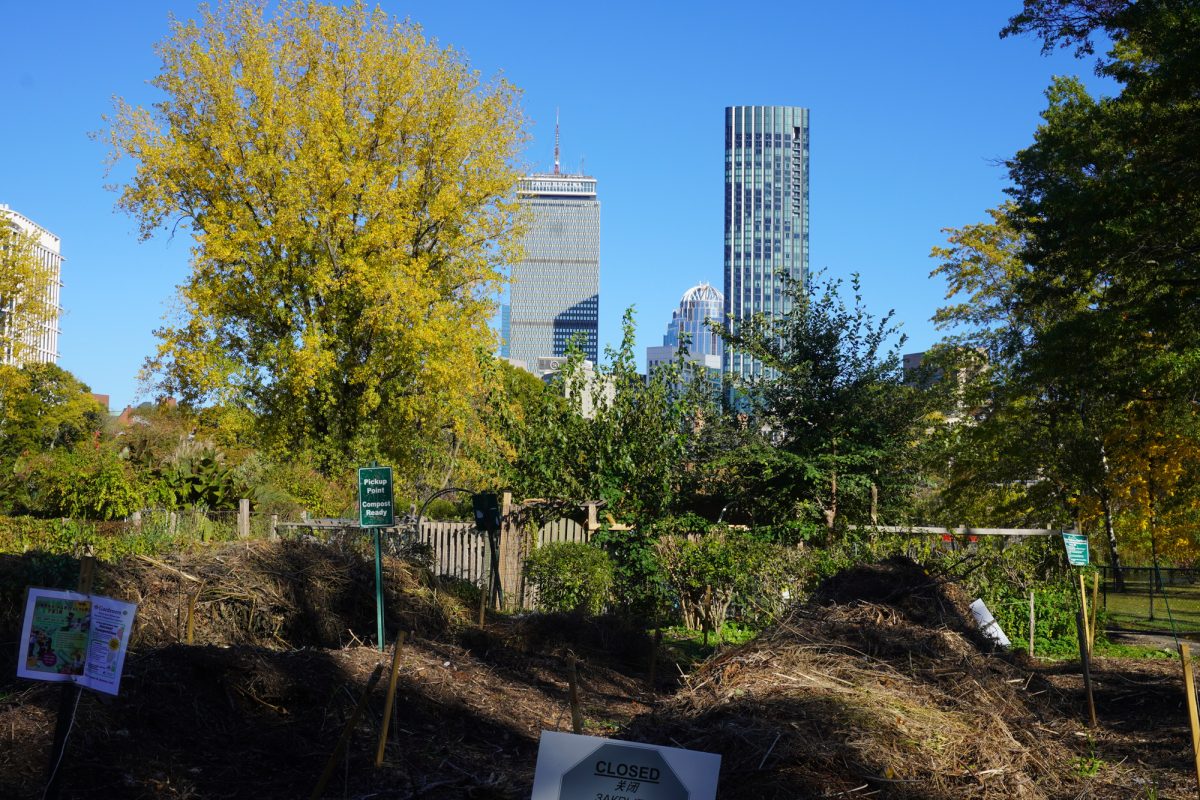Boston University has a unique campus. As a result of its distinct combination of 19th century brownstones and 21st century high rises, the urban landscape of BU often channels wind into a blustery wind tunnel. So far, these natural phenomena have been little more than an annoyance for frostbitten pedestrians, but with emerging technology, BU can turn an architectural peculiarity into a noteworthy source of green energy.
Several rising companies around the world are currently developing a technology that hopes to bring wind power generators to urban environments. Traditional wind turbines are too large and too loud to be acceptable in an urban area. The new technology miniaturizes wind turbines into a roughly 5-meter high, 3-meter wide fan that rotates horizontally, like a tornado.
Meant to be mounted on the edges of rooftops, the turbines would take advantage of the natural updraft caused by the building’s surface. At modest output levels, a single generator would typically be able to provide power for a typical home or a 20-person office. Placed strategically in high-wind areas, the output could be even more. And the kicker? They are totally silent at ground level.
This new spin on an old technology can be a boon to BU. The windy nature of our campus could be an untapped resource ‘-‘- a local quirk that can be turned into a unique advantage for a better campus. If wind-harnessing generators are strategically placed at some of the windiest points on campus ‘-‘- St. Mary’s Street, Babbitt Street, Cummington Street, the College of Arts and Sciences, Nickerson Field, West Campus ‘-‘- a considerable portion of BU’s energy needs could be offset by a force that will occur on campus anyway.
At roughly $40,000 per turbine, this technology is certainly a long-term investment. But at the expected rate of 10,000 kilowatt-hours per year, these turbines can be expected to pay for themselves after roughly 26 years. Any energy generated after that point is totally free. Granted, 26 years is a long time for an investment to pay off, but if any institution can afford this sort of initiative, it’s a large university. The large businesses and financial firms that dominate downtown Boston my be merged, bought out or failed within that time. BU will still exist.
And why stop at harnessing wind power? BU boasts thousands of square feet in rooftops that currently sit useless. Many of BU’s parking lots bake under the midday sun. Innovative solar technologies have turned previously useless space into profitable sun farms. Some solar harnessing companies in the Southwest have covered parking lots with solar panel canopies, producing cheap electricity and providing shade and shelter to cars. San Francisco has offered tax credits to transform itself into a city of solar panels instead of tar roofs. It’s all about efficiency, and innovative new systems are taking advantage of otherwise wasted resources ‘-‘- all while saving two kinds of green.
BU, like other institutions of higher education, has the luxury of exploring new technologies and systems that are too expensive for individuals and businesses. By taking advantage of local wind sources, BU would lead the way in terms of campus sustainability. If nothing else, the university would break even fiscally in the long term, all while making a name for itself as a leader in green technology innovation. In the end, a university’s reputation is its most valuable asset, and nothing spells value like the title of ‘the greenest school in Boston.’
STAFF EDIT: Put windy campus to work
By Daily Free Press Admin
•
October 22, 2008
0
Donate to The Daily Free Press
Your donation will support the student journalists of Boston University. Your contribution will allow us to purchase equipment and cover our annual website hosting costs.
More to Discover



















































































































